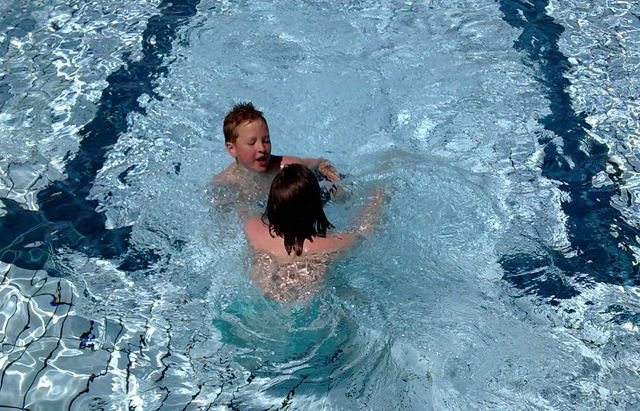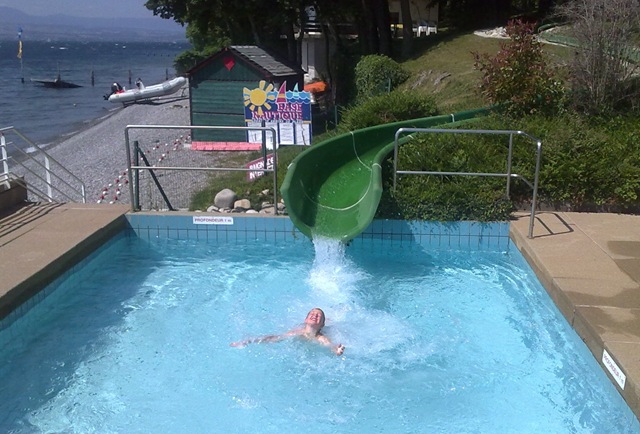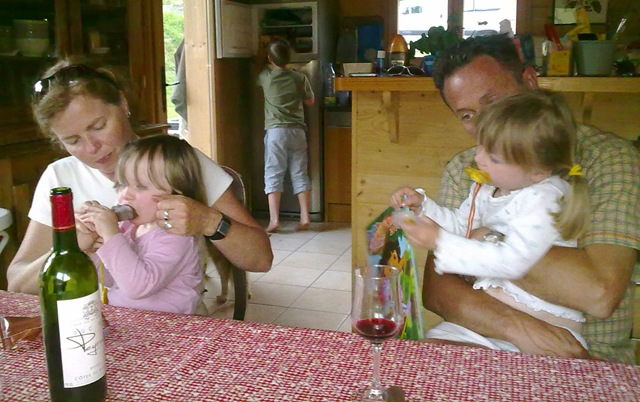This document explains how to install a clustered instance of SQL Server 2008 into an existing cluster containing instances of SQL Server 2005. I prepared these shots from doing a real install into my test cluster, so hopefully they’ll be useful for you.
The process assumes disk partitions for the new cluster group are presented to all nodes in the cluster, but not formatted, mounted or yet added as cluster resources. It is also assumed that each existing instance of SQL Server 2005 is at SP3, and that SQL Server 2005 tools, SSIS, shared components, SSNAC etc is installed on each node and are also at SP3. It is also assumed that you have the new (2008) instance’s virtual IP address allocated, and that you have chosen the instance name, its default location, failover order, disk layout, and all its other install configurations (e.g. Collation, Security Mode, Edition etc). Also your service accounts and security groups should be ready.
Obtain SQL Server 2008 install media. Slipstream Service Pack 1 into your install files (if required) as per this article. This means your single install will become SP1 with no 2-stage install, and less chance of reboot requirements. Copy this install folder to all nodes, in their system partition.
On your designated install node (as chosen by you), run disk administrator and format and label the new partitions, give them drive letter(s), and/or create mount points as per your physical disk layout design. Create the new cluster group for your SQL Server 2008 instance. Add to it the physical disk resources for the new instance.
On the install node, run setup for SQL Server 2008. Install the prerequisites (Windows Installer + .Net Framework 3.0 as necessary.) Install Hotfix KB937444 if the cluster you are installing into is running Windows 2003 server. When the prerequisites complete, run setup again:

From the Installation Center front page, click Installation:
.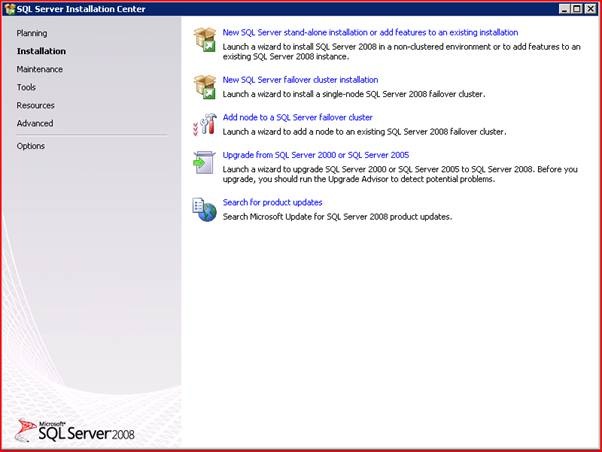
Chose a New SQL Server Failover cluster installation, and wait for the rules to be run:
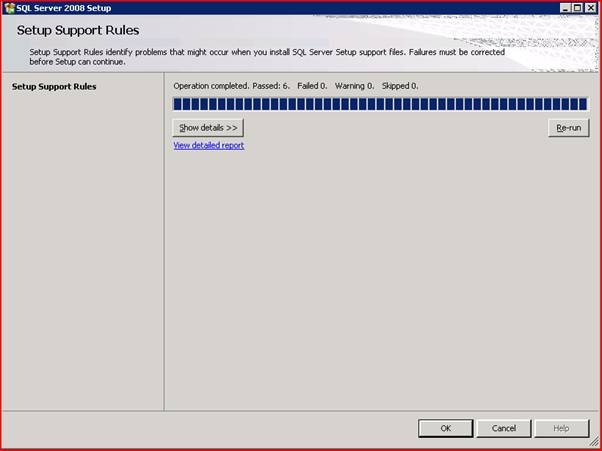
If the checks complete ok, follow the install of Setup Support Files:

The proceed through the Setup Support Rules:

Enter your Product Key:

Accept the License (unless you suddenly change your mind!) ..

Chose which features to install:
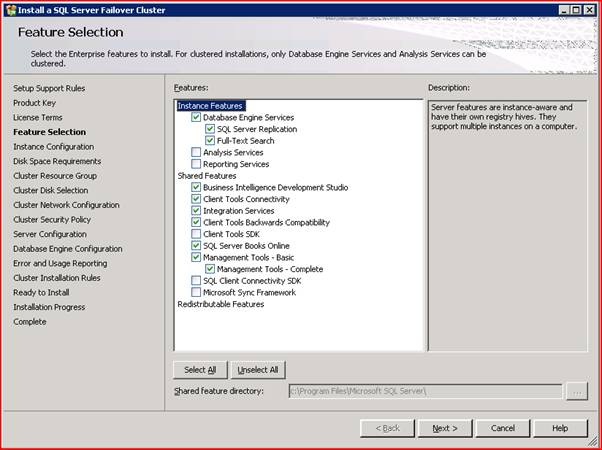
In my case, I went for:-
Database Engine Services + Replication + FTI
BIDS
Client Tools Connectivity
Client Tools Backward Compatibility
Integration Services
SQL Server Books Online
Management Tools – Basic + complete
Then complete the Instance Configuration:
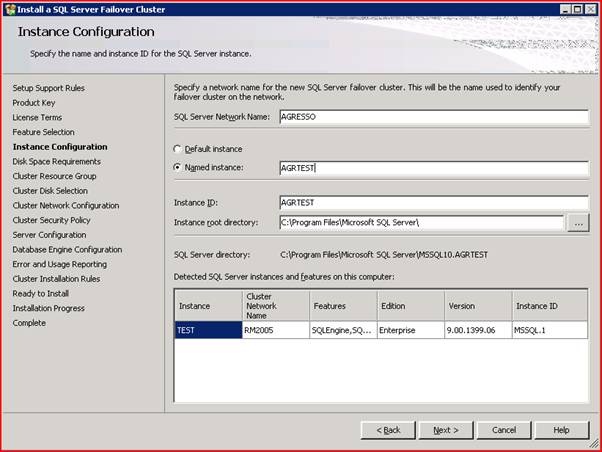
Enter your SQL Server network name, named instance name, install directory (C:..).
Confirm the Disk usage summary:

Then enter the Cluster Resource Group selection:
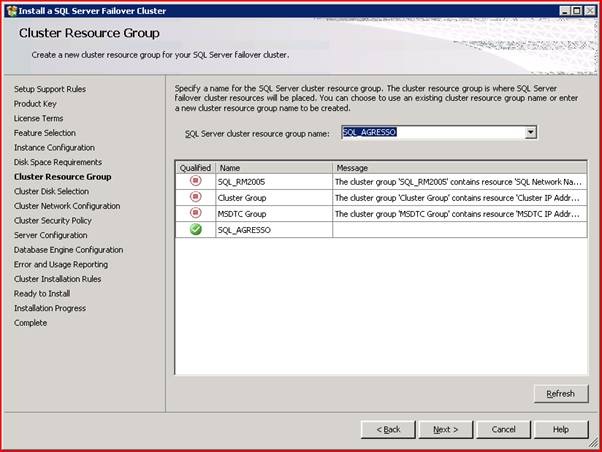
Next, complete the Cluster Disk Selection screen, choosing the disks you created earlier:

Enter the IP address allocated next, in the Cluster Network Configuration:

Enter the Cluster Security policy details:-
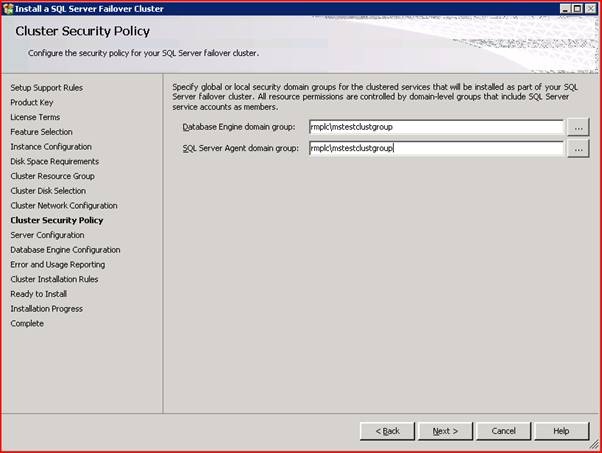
Next, enetr the server configuration: type in the service account, and select ‘use same for each service’ if you are running SQL Server and Agent under the same account:-

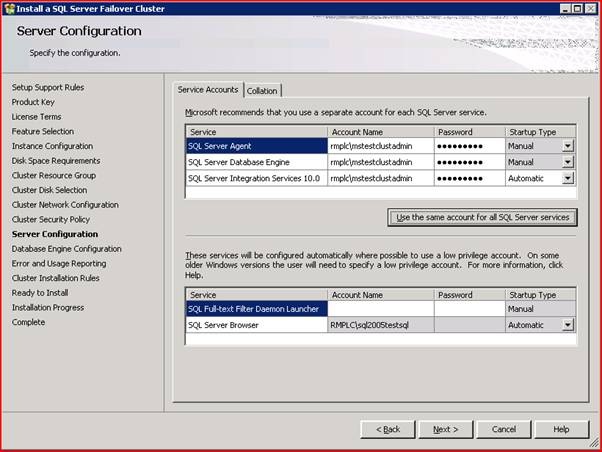
Then specify the collation:

Then enter the Database Engine Configuration, Account provisioning. This is very important, it’s how you gain administrative access to the server after install!
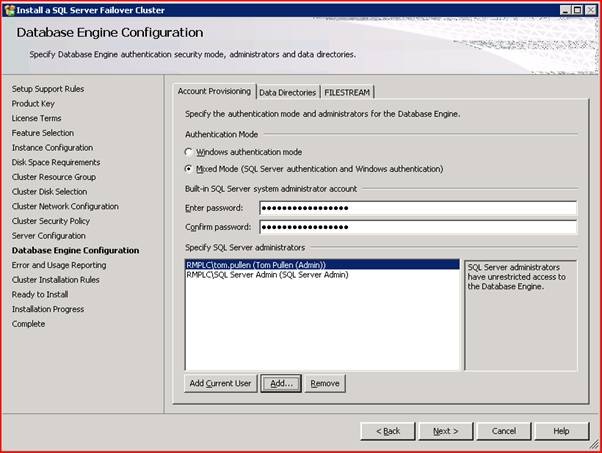
Specify your data directories:

Filestream (don’t enable – unless you’re going to use it!)
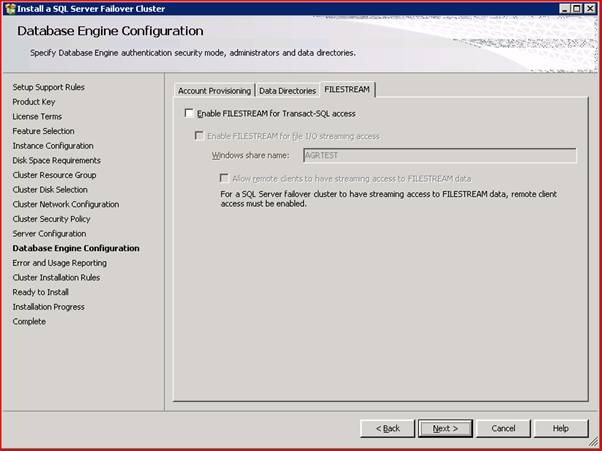
Chose your preference for Error Usage and Reporting:
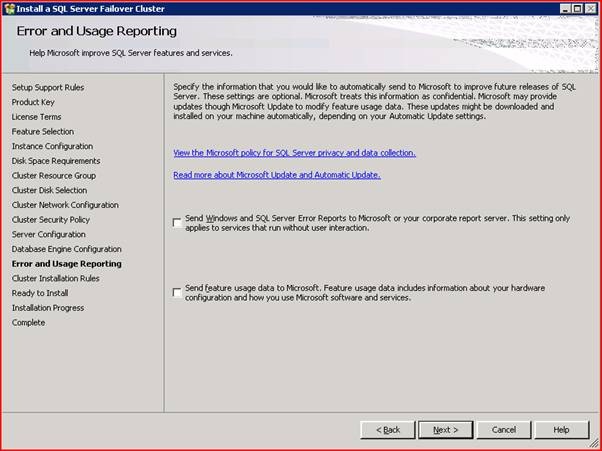
Then the Cluster Installation Rules are checked:-
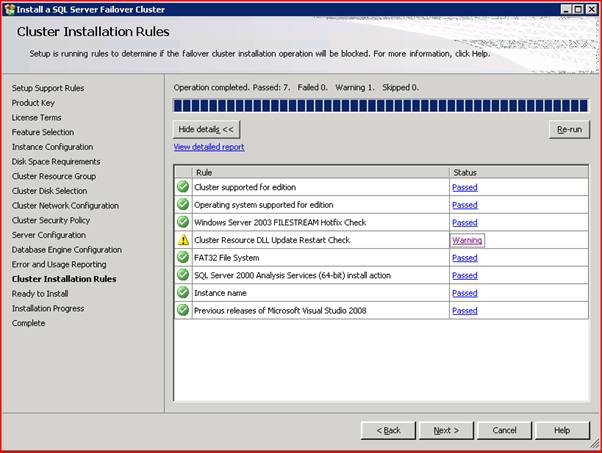
You then get a summary:
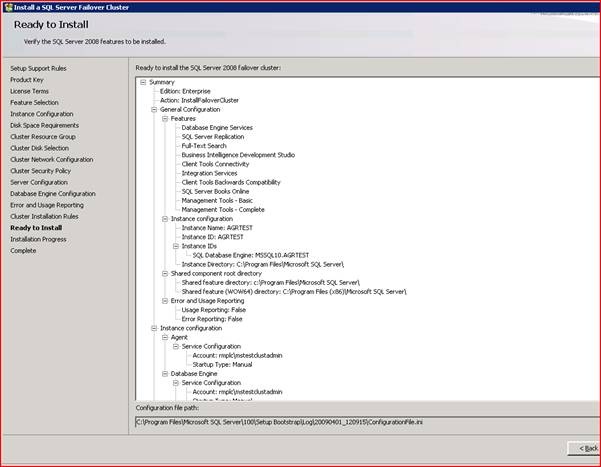
Click next, and watch it install! Installation Progress:

And you’re done! (For the first node only).
You must then run SQL Server 2008 setup on the second node, make all the same selections, but choose ‘Add node to Existing SQL Server 2008 cluster’. Of course, if you are an INI file type, you can do an unattended install (probably slicker and quicker, but I am partial to a bit of interactive fun!).
Go through ‘Setup Support Rules’ and all the same steps, until:

Which is pretty obvious, and thereafter it’s pretty easy. Good luck! I haven’t done the slipstreaming SP1 into the install yet, and I have to do this to our live cluster in 9 days, so wish me luck!































